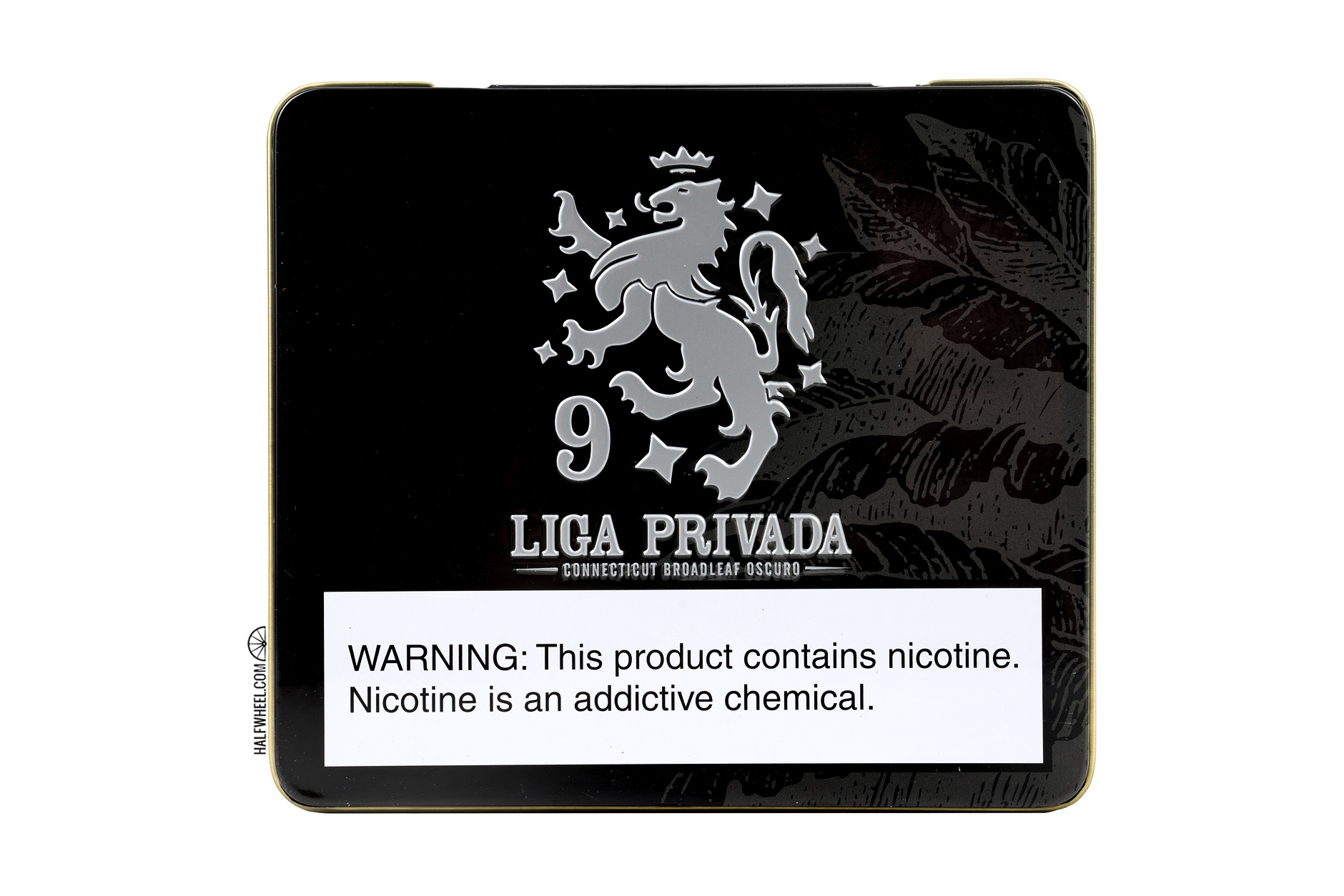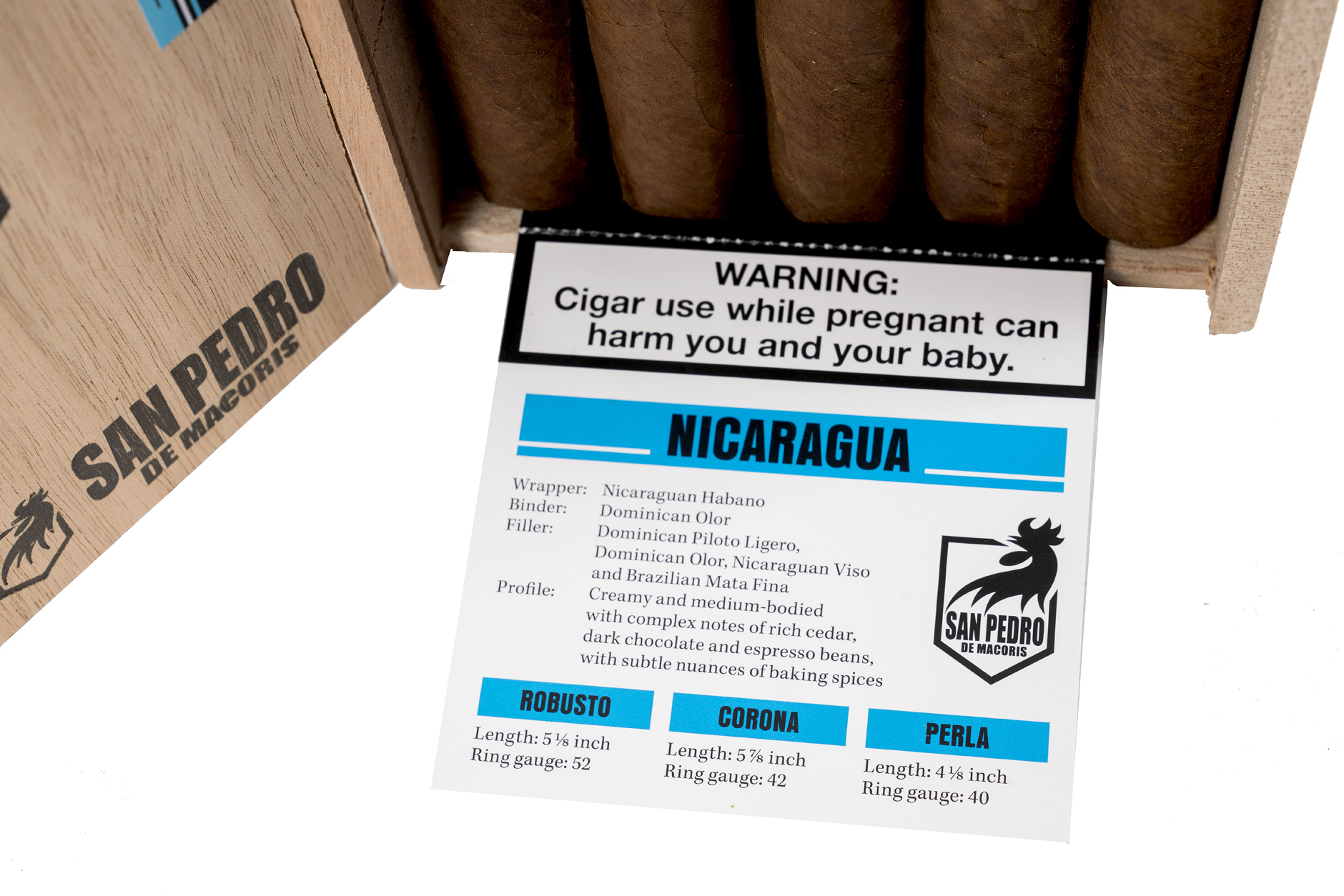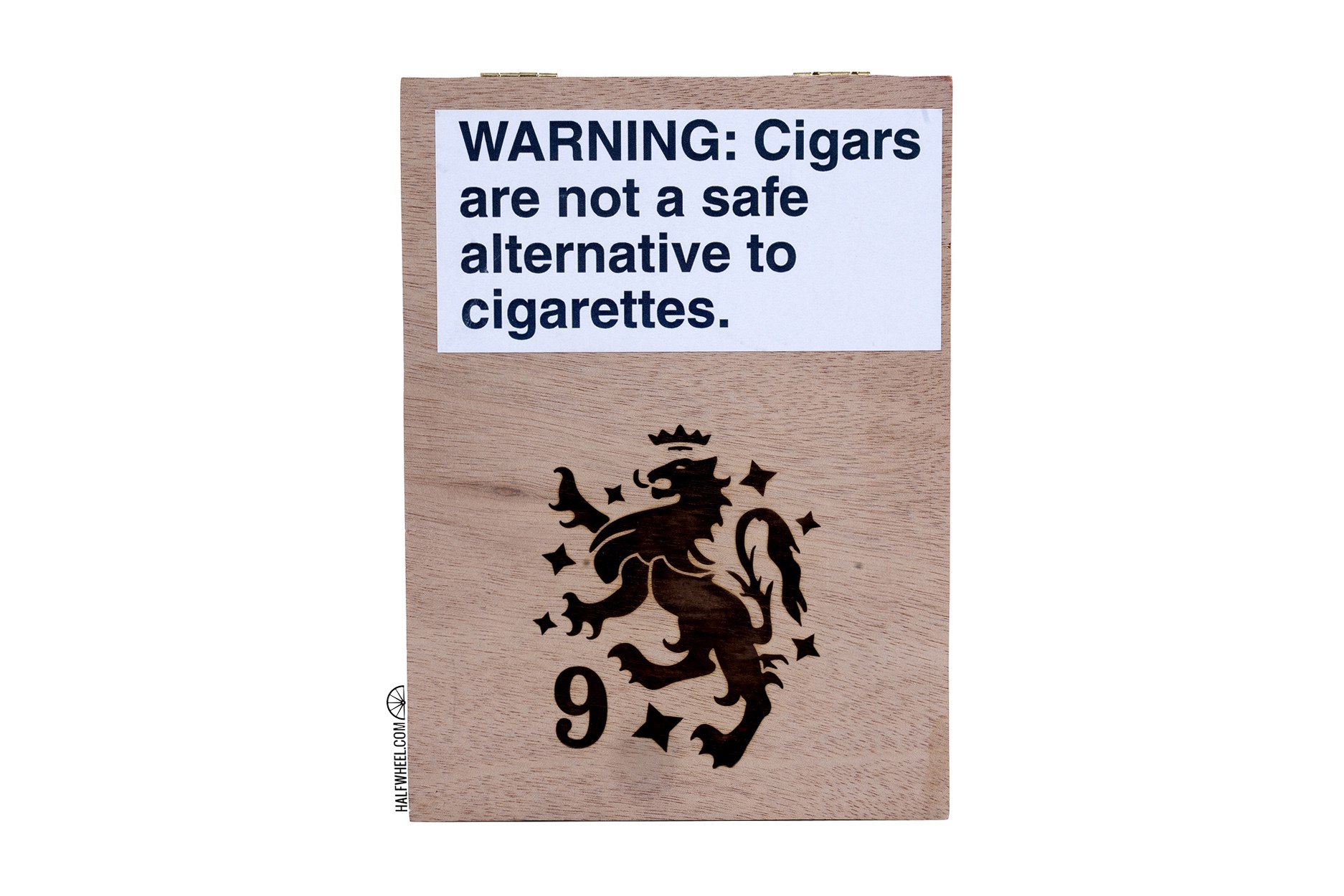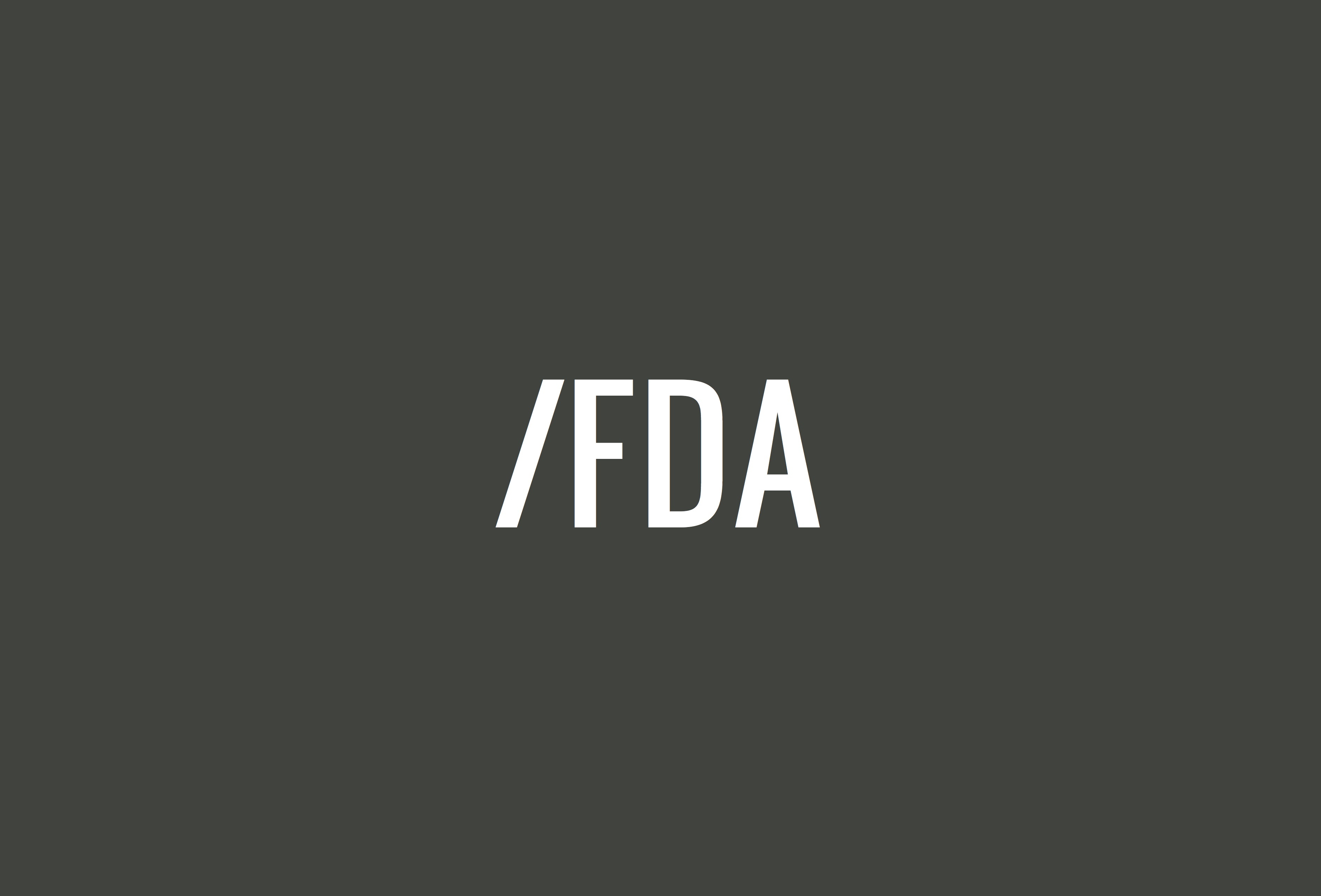Earlier today, the U.S. Court of Appeals for the District of Columbia Circuit ruled that the U.S. Food & Drug Administration (FDA) could not require warning labels for cigar and pipe tobacco products. While the headline is pretty simple, both how we got here and what this means for the future is rather complicated.
So, here’s some help with understanding what happened and why it might matter.
HOW WE GOT HERE
- August 2016 — FDA’s deeming regulations go into effect, meaning new federal warning labels would be required on Aug. 8, 2018—two years later—for all newly deemed products. That includes cigars, pipe tobacco, hookah tobacco, e-cigarettes, vaping products and more. Cigarettes and chewing tobacco weren’t newly deemed and both products already had stricter rules in effect.
- July 2018 — As part of the Washington D.C.-based lawsuit, Cigar Association of America et al. v. United States Food and Drug Administration et al., a U.S. District Court ruled that warning labels for cigars are indefinitely delayed until the legal battle is settled. This invalidated the Aug. 8, 2018 deadline for warning labels for cigars, but the rule still remains in effect for e-cigarettes, vaping products and others. Notably, the court didn’t invalidate the rule, it just indicated that FDA couldn’t enforce it until the legal battle was done.
- February 2020 — The same federal court rules that FDA is not allowed to require warning labels for premium cigars, a term that the FDA has not defined and would need to define in the future.
- July 2020 — Today’s decision overturns the February 2020 decision and instead bans the FDA requiring warning labels for all cigars, premium and otherwise, as well as pipe tobacco.
WHAT WAS AT STAKE?
It’s important to note that the warning label rule meant more than just cigar companies having to put warning labels on boxes. Yes, the most obvious example is the above. Cigar companies would be required to place two warning labels on at least 30 percent of two “principal panels” of a cigar box. The messages would have had to have been one of the following:
Those messages would have been rotated as per a warning label plan, a document cigar companies would need to submit to FDA 12 months in advance of implementation, outlining which warning labels would be used for which products and at what time.
But there was a potential for a much greater disruption by the other parts of the warning label requirements.
Warning labels would also need to be applied to 20 percent of all advertisements, which in and of itself isn’t that big of an issue. However, FDA never defined what exactly advertising was and was not. It seems possible that it could have considered things like posters and emails for events and potentially even the catalogs that large cigar retailers use to all be forms of advertising and as such subject to the warning labels, but more importantly the warning labels plans.
Under a worst-case scenario, a retailer might have needed to submit a warning label plan that would include promotional emails or catalogs 12 months in advance, a massive constraint on how cigars are sold at both the brick-and-mortar and catalog level.
While there were a few companies—hence the Liga Privada box above—that rolled out warning labels in mid-2018, the warning label requirement never actually went into effect for premium cigars due to the July 2018 ruling. Some larger companies shipped cigars with warning labels before July 2018, but it quickly stopped after Metha’s rulings. Since then, most cigar companies have stopped introducing new packaging designed to accommodate the warnings, let alone placing the FDA-related labels on the products themselves.

SOME WARNING LABELS WILL STAY
Both today’s ruling and the one in February only deal with FDA’s proposed warning labels, meaning that there are two warning labels that will continue to be used.
In 2000, a handful of companies that includes Altadis U.S.A., General Cigar Co., Swisher International (parent of Drew Estate), Altria (parent of Nat Sherman International) and others signed an agreement with the Federal Trade Commission to place warning labels on their boxes. As such, those companies will continue to put smaller warning labels on all of their products.
Secondly, California requires a substantially smaller warning label under Proposition 65. That warning label is oftentimes found in less obtrusive places than the FTC or proposed FDA warning labels.

1. THE STATUS QUO DIDN’T CHANGE FOR MOST OF YOU
If you compare what’s different between the warning label today compared to yesterday, it has almost no effect on the products that are covered on halfwheel. Or, at least that’s what seemed likely.
Per the February 2020 ruling, FDA was not allowed to require warning labels for premium cigars. The important point here is that premium cigar was not and still isn’t defined on a government level. Ultimately, the court was going to have to approve or potentially even decide on a definition based on arguments from FDA and likely cigar companies and trade groups. Given that FDA wasn’t going to be able to unilaterally come up with a definition, it’s likely that definition would have been broad and probably covered almost all the products we’ve written about in the last month.
Sure, infused and flavored large cigars like ACID and Java remain a question. There are probably some products made by J.C. Newman that may be on the outside looking in, but the reality is if you are Padrón, for example, today’s news didn’t move the needle at all in terms of whether or not you were going to have to adopt warning labels or warning plans.
2. REVERSING THIS RULING HAS A MUCH BIGGER TARGET
Given that the FDA has already said that premium cigars are its lowest priority in regards to tobacco regulation, it seemed highly unlikely that the agency was going to be particularly motivated to overturn the February 2020 ruling. Certainly, it would have made an attempt, but there just isn’t a ton of support for this particular sort of action.
But putting warning labels back on Swisher Sweets and Backwoods—that’s a much different set of stakes.
The agency is clear: its top priority is e-cigarettes and vaping products, specifically flavored ones. But flavored, machine-made little cigars are a much bigger target for both FDA and anti-tobacco groups than a Macanudo.
While it’s a bigger target, it’s unclear if the FDA has what it needs to actually go after it.
First of all, today’s ruling was a 3-0 decision that centered around the idea that FDA didn’t have enough in terms of evidence that its proposed health warnings would deter anyone from using these products. FDA is going to need new evidence that text-based warning labels work, something that there’s a mountain of evidence against.
Second, the court didn’t tell FDA to go try to find the evidence to make this work, it outright rejected both the process and the evidence that was used. That means the pathway back for FDA isn’t as simple as it could be. I suspect that if FDA wants to change this, it’s going to take a couple of years before it will get the ability to enforce this law.
Regardless—more on this after the picture—this puts the future of cigar warning labels on Liga Privadas back in a situation where it could be decided as part of a large issue primarily aimed at other products.

3. “WE ARE DIFFERENT THAN OTHER TOBACCO PRODUCTS” GOES AWAY, FOR NOW
For over a decade the premium cigar industry has been saying, “we are different than other tobacco products like cigarettes and machine-made cigars that you are actually trying to regulate.” You’ve read about it here, you’ve heard it at your local cigar shops, many of you have made this argument in our comments section.
Today, that argument lost its most promising platform.
As I mentioned above, for the first time in an implemented instance, the government was going to have a definition of what is a premium cigar. Sure, both Congress and FDA have proposed various definitions for hypothetical laws and rules that have never gone into effect, but the February ruling meant we finally were going to see what the agency had to say about the matter. Now, that’s a moot point and the agency won’t have to do this, at least for the time being.
The two sides of this lawsuit are due back in court in a couple of weeks and I suspect that the plaintiffs—the cigar trade groups—will continue to argue the point about how premium cigars are different and should be regulated differently, but that’s not the same as what was to come had the February 2020 ruling stayed intact.
4. I SUSPECT THE VAPING INDUSTRY IS GOING TO WANT IN ON THIS
If you really want to boil down what the appeals court said into as few words as possible, it’s something like, “FDA didn’t have its ducks in a row.” That’s a sentiment that many courts have told FDA when it comes to the deeming regulations, but this—to my knowledge—is the highest court to say as much and it was a pretty strict ruling.
I imagine that if you could get other parts of the deeming regulations in front of this same three-judge panel, the FDA would lose its ability to enforce a variety of parts of the deeming regulations. And if you wanted to expand a bit beyond the ducks in a row comment, what the court specifically took issue with was FDA not going through a formalized rulemaking process with proper evidence, instead relying on one that requires less scrutiny from the public and industry.
If you are in the vaping industry, this should be a fun one.
It’s very likely that a lot of the claims that FDA has made about vaping products would not hold up to this standard. Even if the vaping industry wasn’t able to win a reversal of any of the current laws, it will likely find that this ruling will make it easier to stop the introduction of new rules under the guise of an expansion of the deeming regulations.
5. WHAT DOES THIS MEAN FOR THE D.C. LAWSUIT GOING FORWARD?
Specifically: what does it mean for the parts of the lawsuit that argued in front of District Judge Amit P. Mehta?
Mehta, the judge that has presided over the Cigar Association case in Washington D.C., has criticized FDA repeatedly for not having its ducks in a row.
In 2018, he ruled in favor of FDA in a decision surrounding warning labels but chastised the agency for how it went about the process:
Requiring the premium cigar industry to incur substantial compliance costs while the agency comprehensively reassesses the wisdom of regulation, before the warnings requirements go into effect, smacks of basic unfairness. In the court’s view, the prudent course would be for FDA to stay the warnings requirement as to premium cigars… The court’s displeasure with the FDA’s handling of the status of premium cigars, no doubt, provides little consolation to the industry. But the court can do no more. Its hands are tied by both the law and the posture of the case.
Mehta’s point then was that the cigar industry needed to try a different legal strategy, something it did, and then ultimately won.
He’s scheduled to hear oral arguments in the Cigar Association case over substantial equivalence on July 22. Substantial equivalence is likely the most important part of the deeming regulations for the majority of the cigar industry as it deals with the costly process of FDA product approval.
Mehta has already asked FDA to delay an upcoming September 2020 deadline for substantial equivalence due to the coronavirus COVID-19 pandemic, something FDA indicated it would not do on its own. But there are larger issues regarding substantial equivalence than just a delay. There will continue to be questions over the legality over the whole process, something that will get amplified by today’s rulings.
The question now is whether today’s ruling makes Mehta more sympathetic to the cigar industry’s complaints than before. Previously, he has ruled in favor of FDA on some issues, while the cigar industry has won other issues. In a more practical, and slightly nihilistic manner, he has also acknowledged that because of appeals he is unlikely to have the final say over much of what is in front of him. Today is yet another example of this.
6. WOULD THE FDA OR A COURT JUST THROW OUT THE ENTIRE RULE?
Some people have asked this before and are asking it again today, I think the answer is no.
I think you’ll see Hail Mary-like arguments from a variety of industries asking courts to throw out the law entirely. Industries have complained since before this law got enacted that FDA hadn’t done what it was legally required to do to enact the law—this is pointing to science and other studies to justify its actions—and today’s ruling is another example of another court saying as much in regards to a large part of the regulations.
I could write a whole book about what a full restart of the law could or couldn’t do, but I just don’t think it’s all that likely. I think the ramifications—particularly in the much larger and controversial e-cigarette and vaping industry—make this a real pipe dream. Restarting the process would seemingly mean at least a couple of years of no regulations, something that Congress would be very opposed to.
As much as the deeming regulations has been a two steps forward, one step backward process for FDA, the idea of stopping to then only restart regulation would only create more lawsuits for the FDA, with the most aggressive ones likely coming from well-funded anti-tobacco groups.



